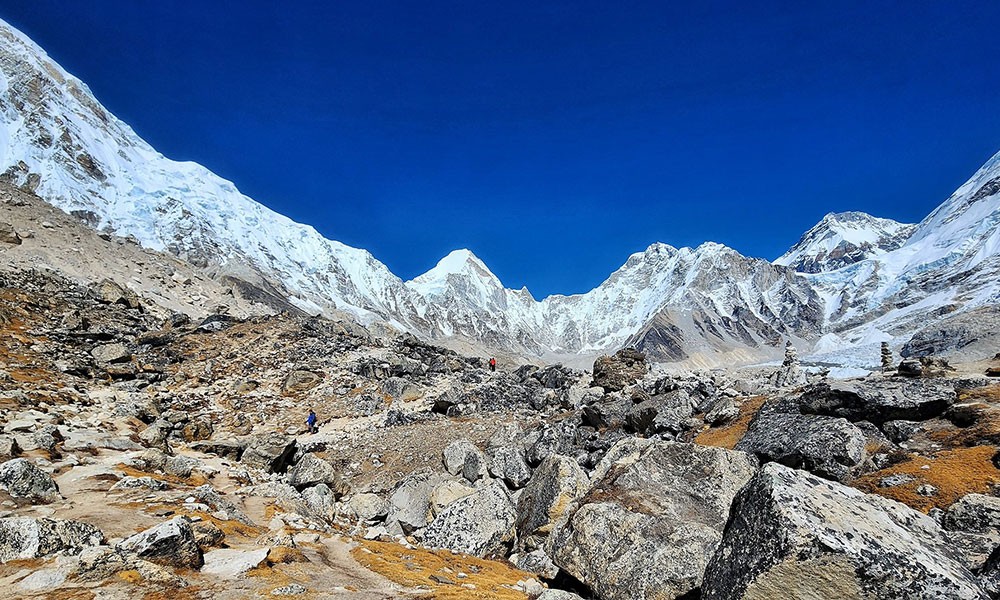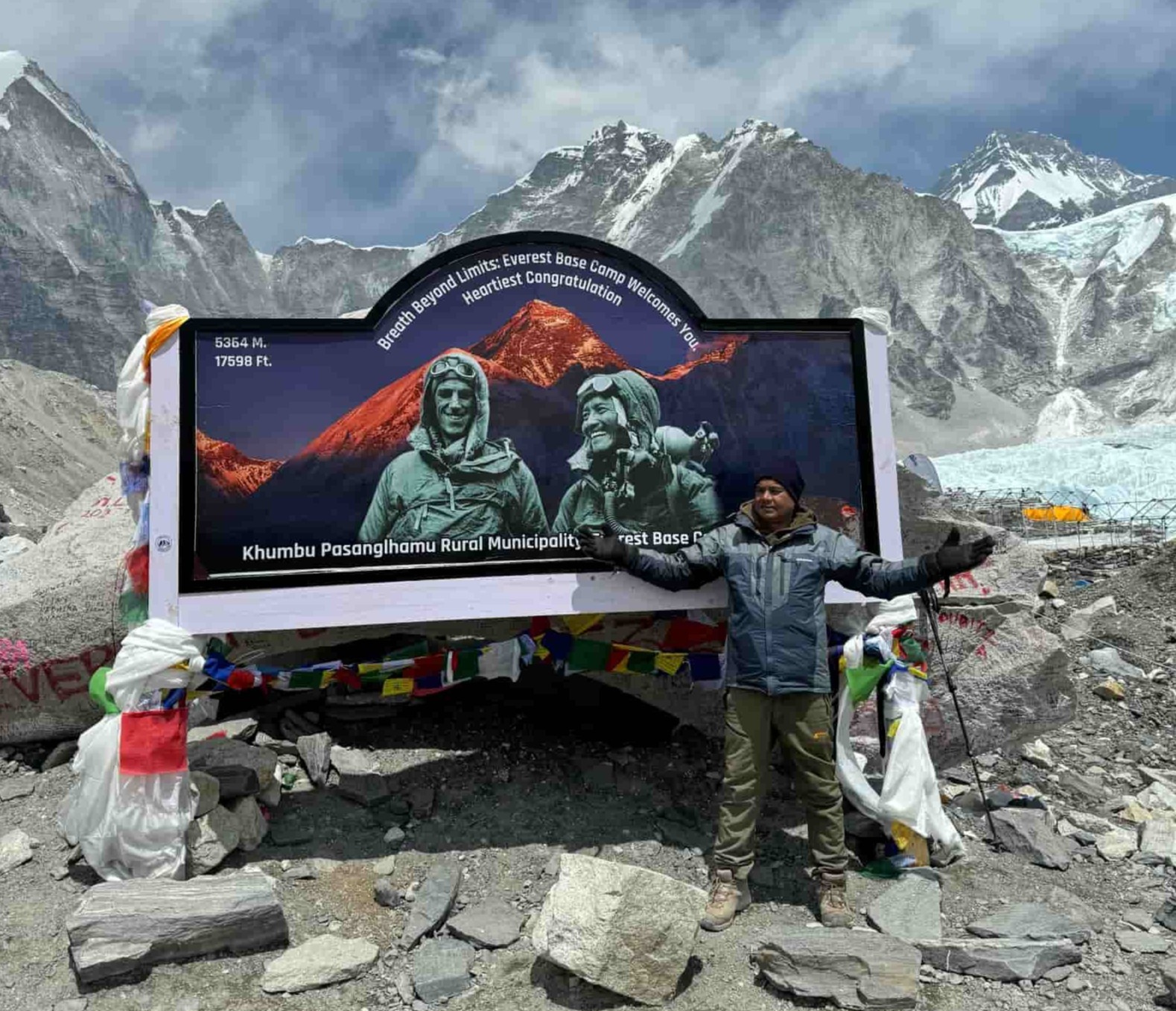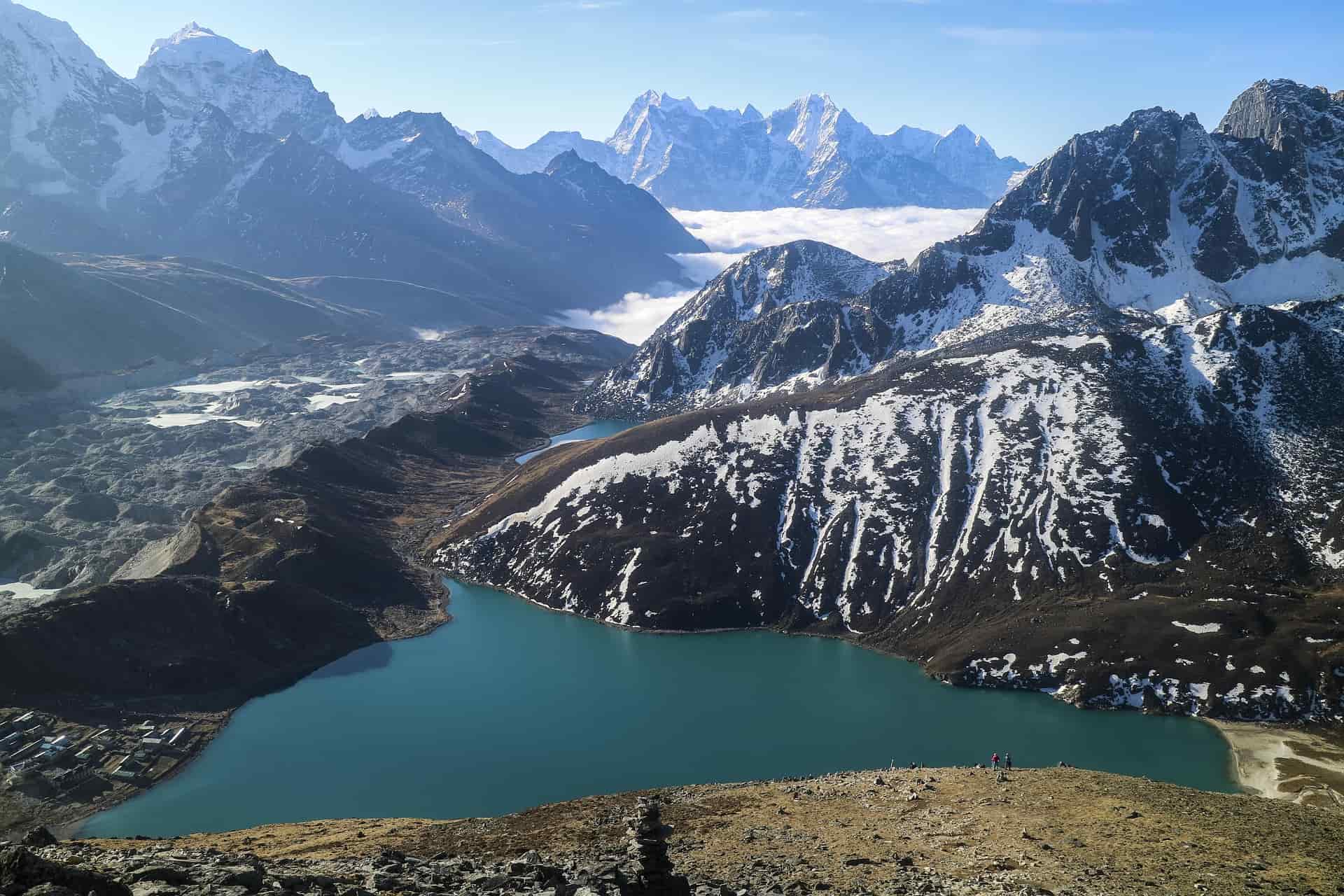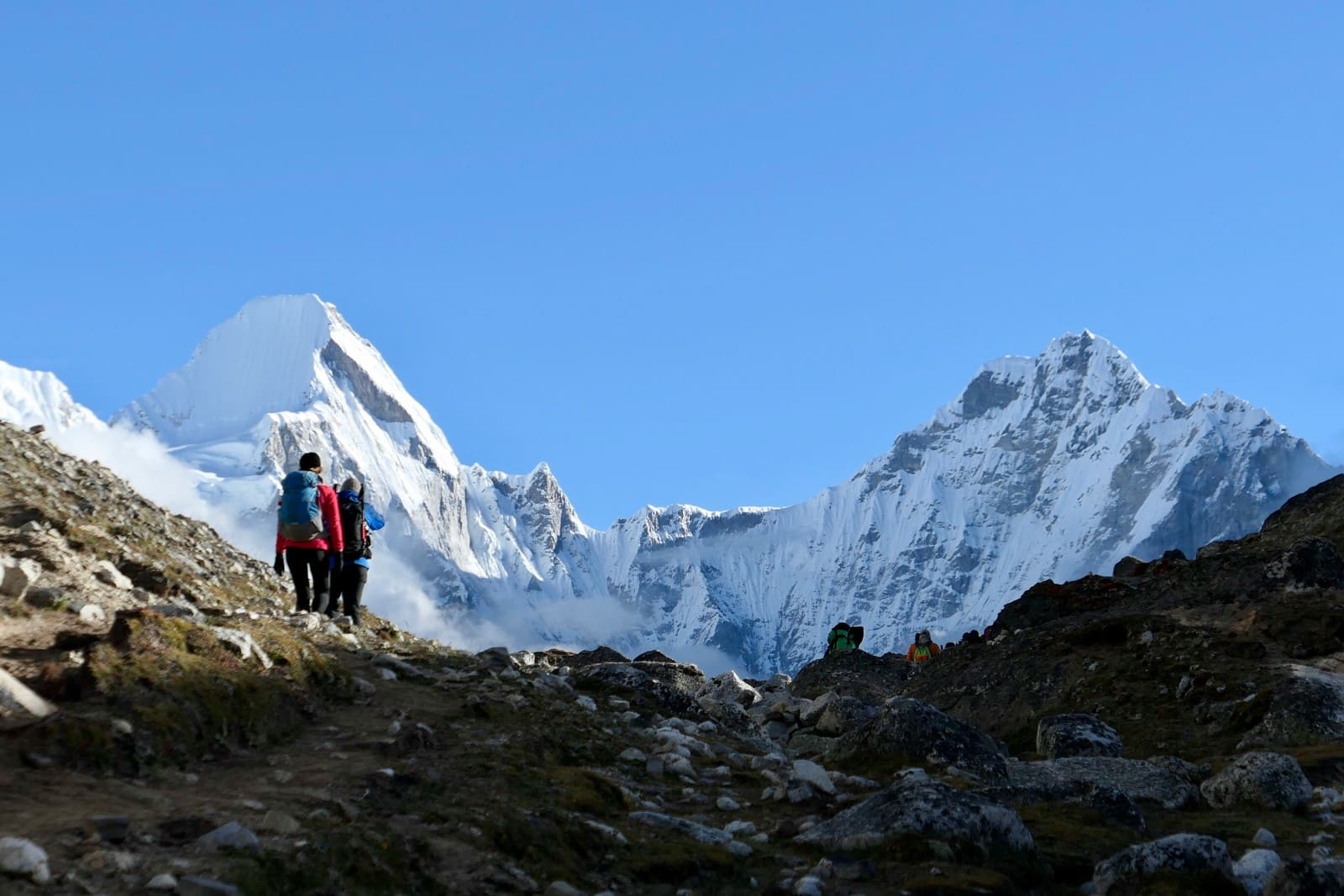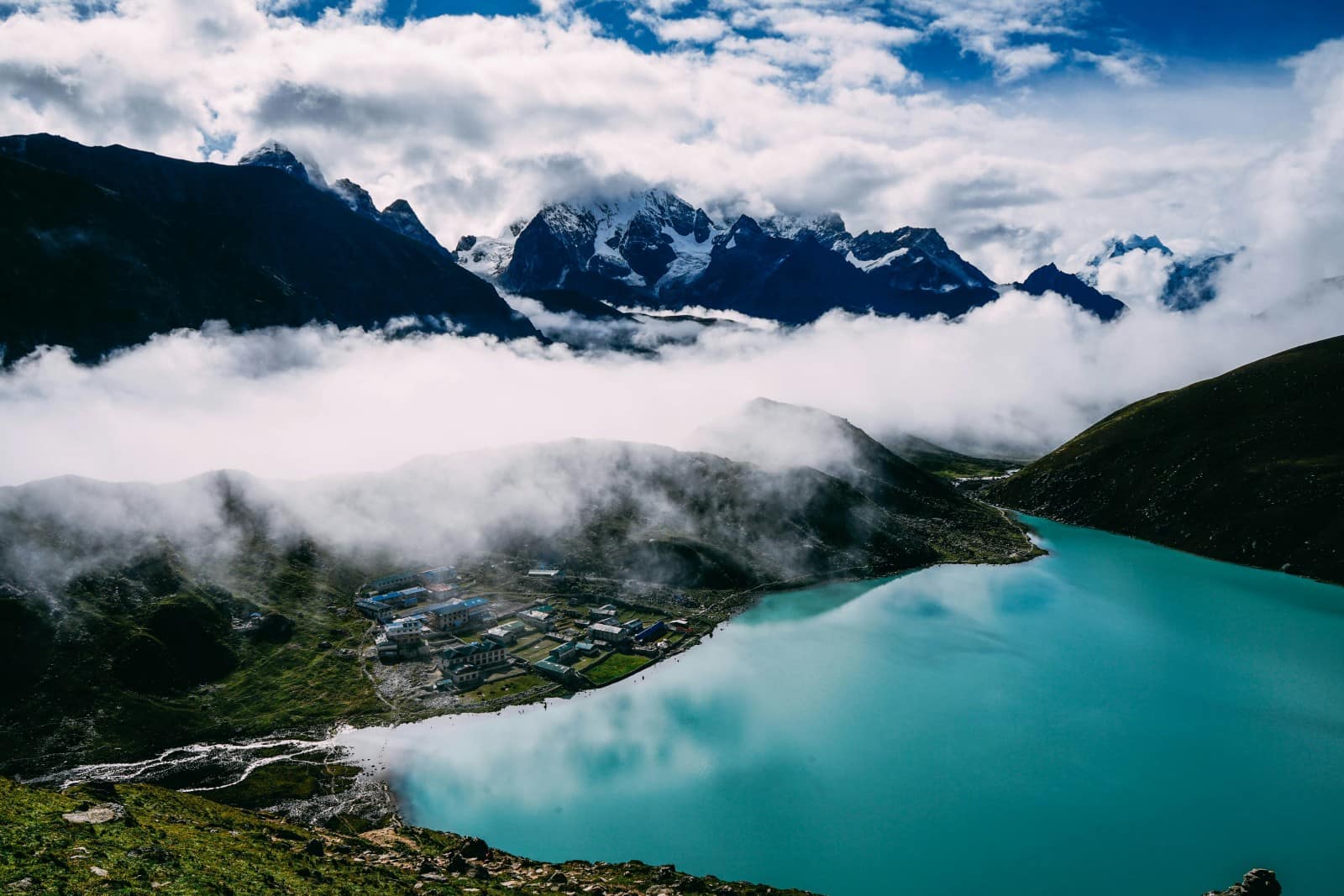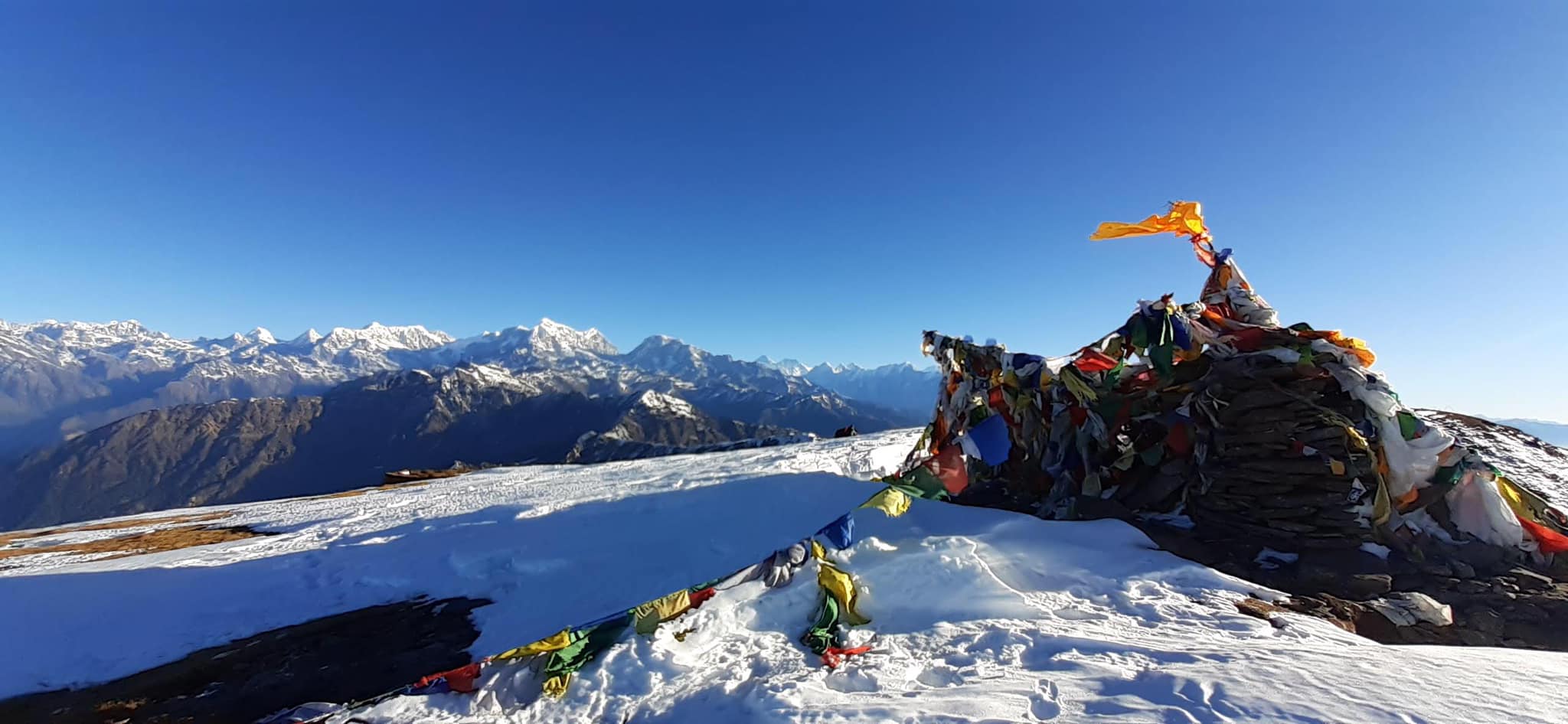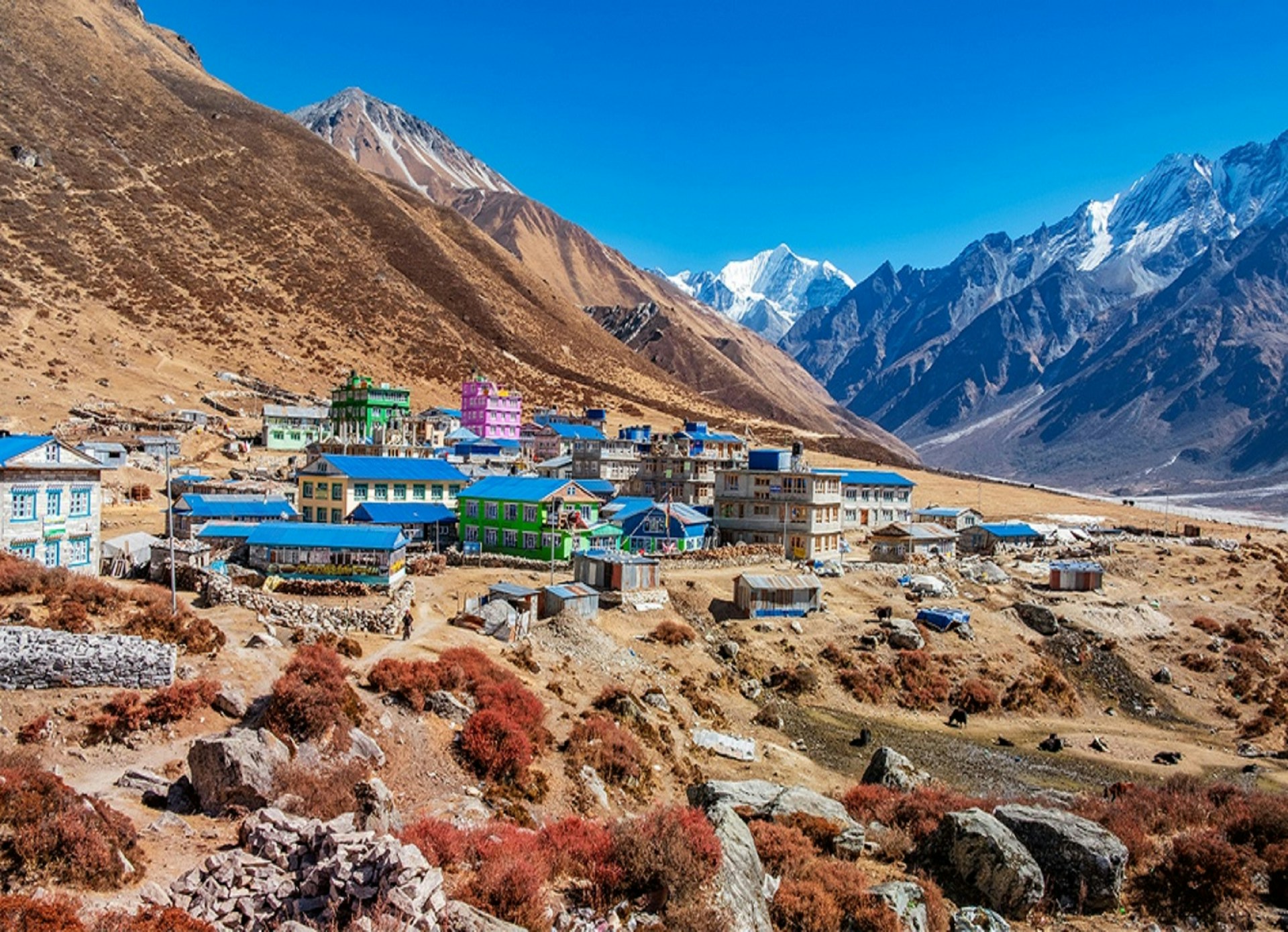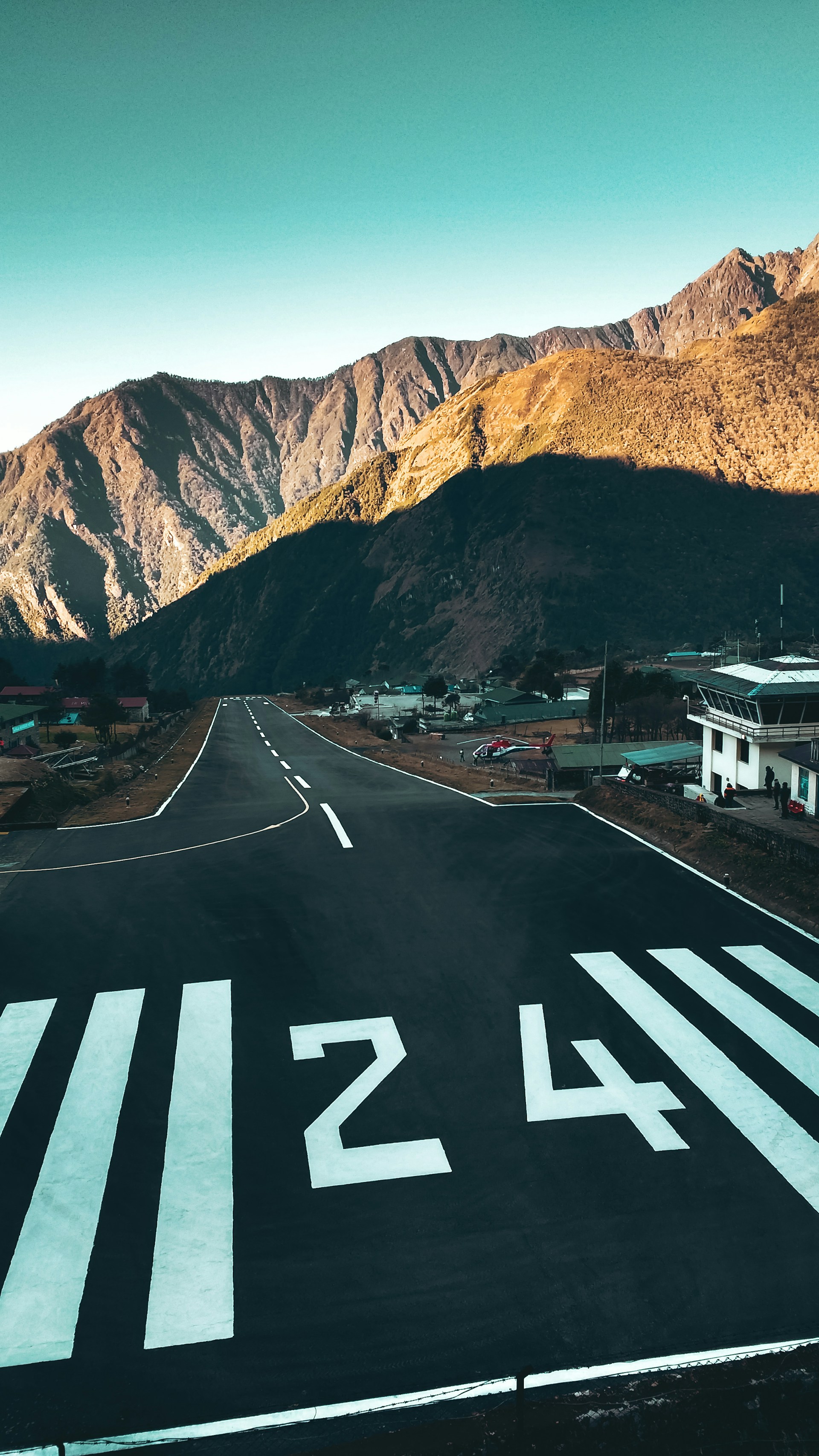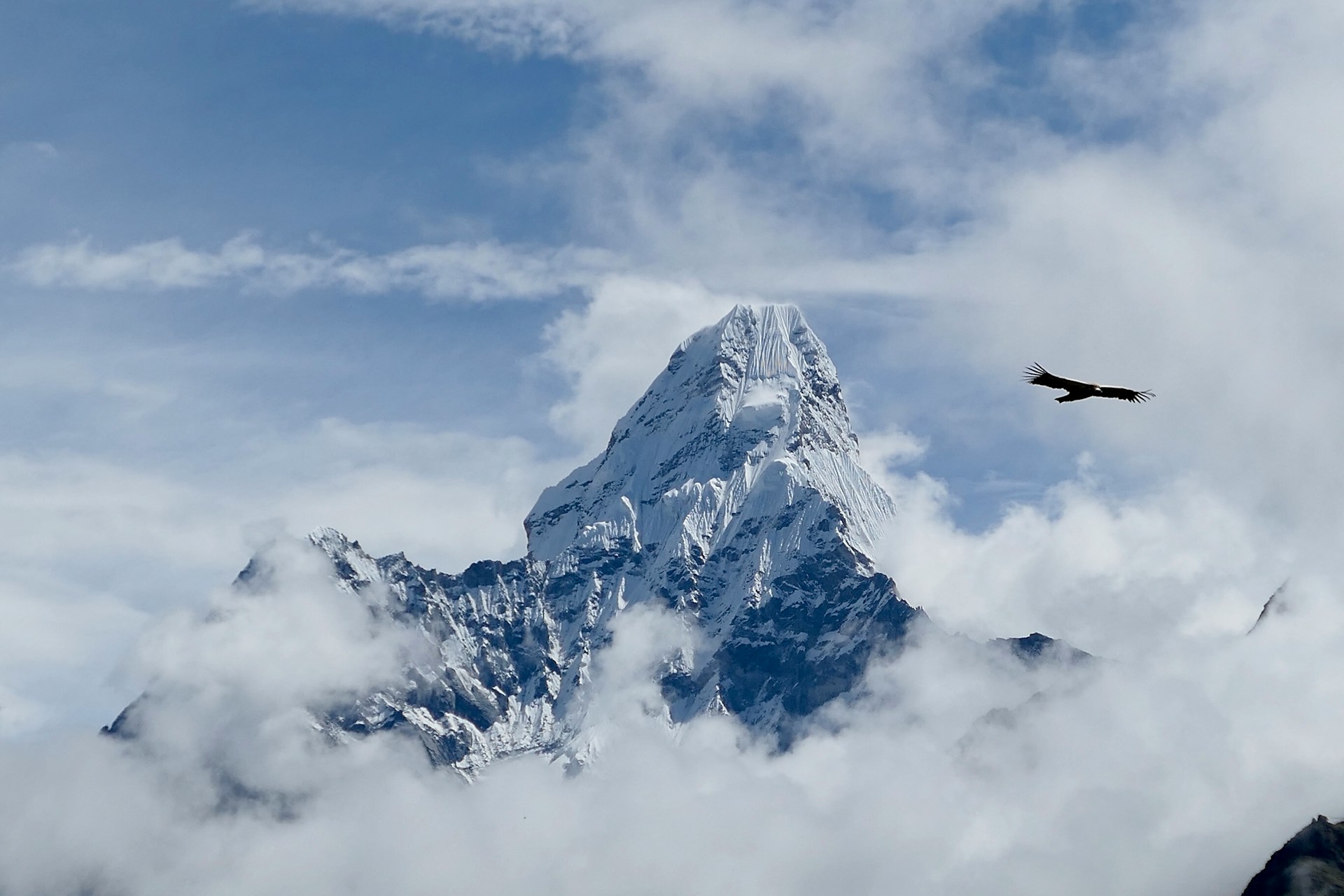Are you planning to trek to Everest Base Camp in Nepal? Wondering when is the best time to go? Vajra Adventure is here to help and share some tips. The best times for the Everest Base Camp Trek are usually from February to May and September to October. These seasons provide great weather and conditions for an enjoyable trekking experience.
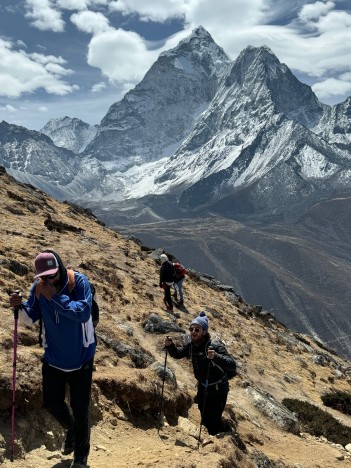
Explore scenic trekking trails leading through majestic mountains. Experience the perfect blend of adventure and natural beauty as you hike along these stunning paths with breathtaking views of towering peaks and lush landscapes.
Peak Season for Everest trek
February to May
From February to May, Nepal enjoys springtime, which is the best season for trekking to Everest Base Camp. The weather is usually dry and stable, making it easier to trek in the high mountains. There are also beautiful flowers blooming, especially the rhododendrons, which cover the hillsides in vibrant colors like red, pink, and white. This creates a stunning backdrop against the snowy Himalayan peaks.
The temperatures during these months are moderate, not too cold during the day but still chilly in the mornings and evenings, especially at higher altitudes. This makes it comfortable for trekking without extreme cold or the heavy rains of summer.
This time is very popular, so you'll meet many other trekkers from around the world on the trails. It's a lively and social atmosphere, perfect for sharing experiences and enjoying the trek together.
Overall, February to May offers the best conditions for trekking to Everest Base Camp, with pleasant weather, beautiful scenery, and a friendly trekking environment that makes the journey memorable.

Embark on a breathtaking walking journey through towering mountains. Explore scenic trails that offer spectacular views, connecting you with nature's beauty and serenity. Perfect for adventurers seeking an unforgettable trekking experience.
September to October
September to October is another great time to trek to Everest Base Camp. The days are clear, giving you fantastic views of mountains and glaciers. It can get cold at night and in the mornings, but the stunning mountain scenery makes it worthwhile.
This time of year is less crowded than spring, so you'll enjoy a quieter trekking experience. If you don't mind cooler weather and love seeing snowy mountains, this season is perfect for you.
In summary, September to October offers ideal conditions for trekking to Everest Base Camp with clear skies, breathtaking mountain views, and a peaceful trekking experience.
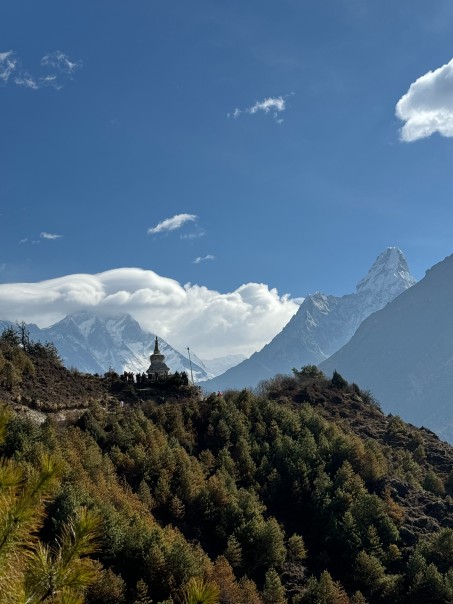
Discover the breathtaking beauty of mountain peaks framed by lush forests. Immerse yourself in the serene landscapes where towering mountains meet vibrant green forests, offering a perfect escape for nature lovers and adventure seekers alike.
Off Season
Winter (November to January)
Trekking to Everest Base Camp in winter, from November to January, is not advisable due to the very cold weather. Temperatures drop severely, especially at higher altitudes, making trekking difficult. The trails are often covered with snow, which can be hard to walk on and may block the path, requiring extra effort and special gear to navigate safely.
The extreme cold and icy trails can lead to serious problems like frostbite and hypothermia, especially for those not used to such cold conditions. It's best attempted by experienced mountaineers prepared for tough conditions. Despite the challenges, some trekkers like the snowy scenery and quieter trails during winter.
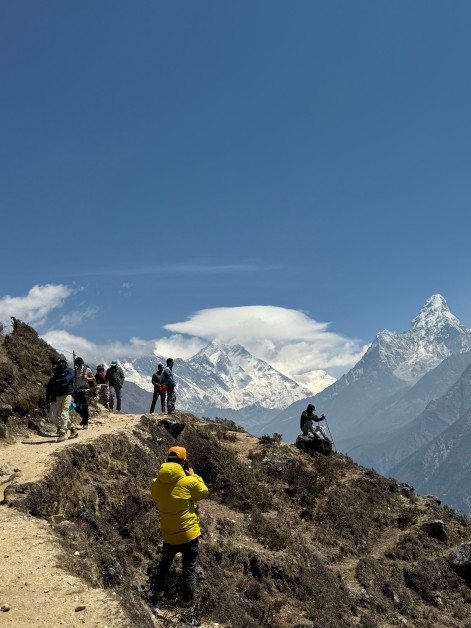
Experience the thrill of walking amidst towering mountains, where every step unveils breathtaking views. Perfect for trekkers seeking adventure and serenity.
Summer (June to August):
Trekking in the Everest region during summer, from June to August, is not recommended due to heavy rain. The monsoon rains make the trails muddy and slippery, making it risky and difficult to hike. Continuous rain can also cause accidents and landslides along the way.
Cloudy skies and mist during the monsoon season often obscure mountain views, so you might not see the beautiful scenery the region is known for. The wet weather also brings more leeches and mosquitoes, which can make hiking uncomfortable and unpleasant.
In summary, trekking to Everest Base Camp in summer is not ideal because of the rainy weather, poor visibility, and increased risks like landslides and pests.
Trek Smart: Ideal Times for Everest Base Camp Adventures
If you’re thinking about trekking to Everest Base Camp, plan your trip between February and May or September and October. These are the best times to visit because the weather is usually dry and stable, offering clear views of the mountains and beautiful landscapes. During these months, you'll also get to enjoy blooming flowers, especially the vibrant rhododendrons that add color to the trekking route. These periods are popular, so it's a good idea to check our availability and book your trek in advance for a smooth and memorable adventure.
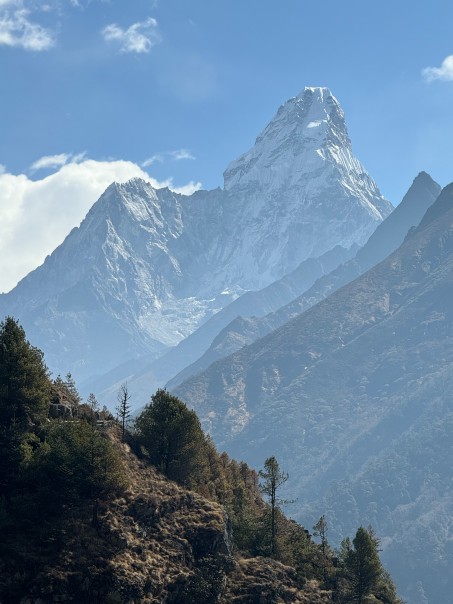
Discover the beauty of rolling hills and towering mountains surrounded by vibrant green trees, offering a perfect escape into nature. Ideal for nature lovers and adventure seekers.
Popular Packages of Everest Region
Recent Blog Posts
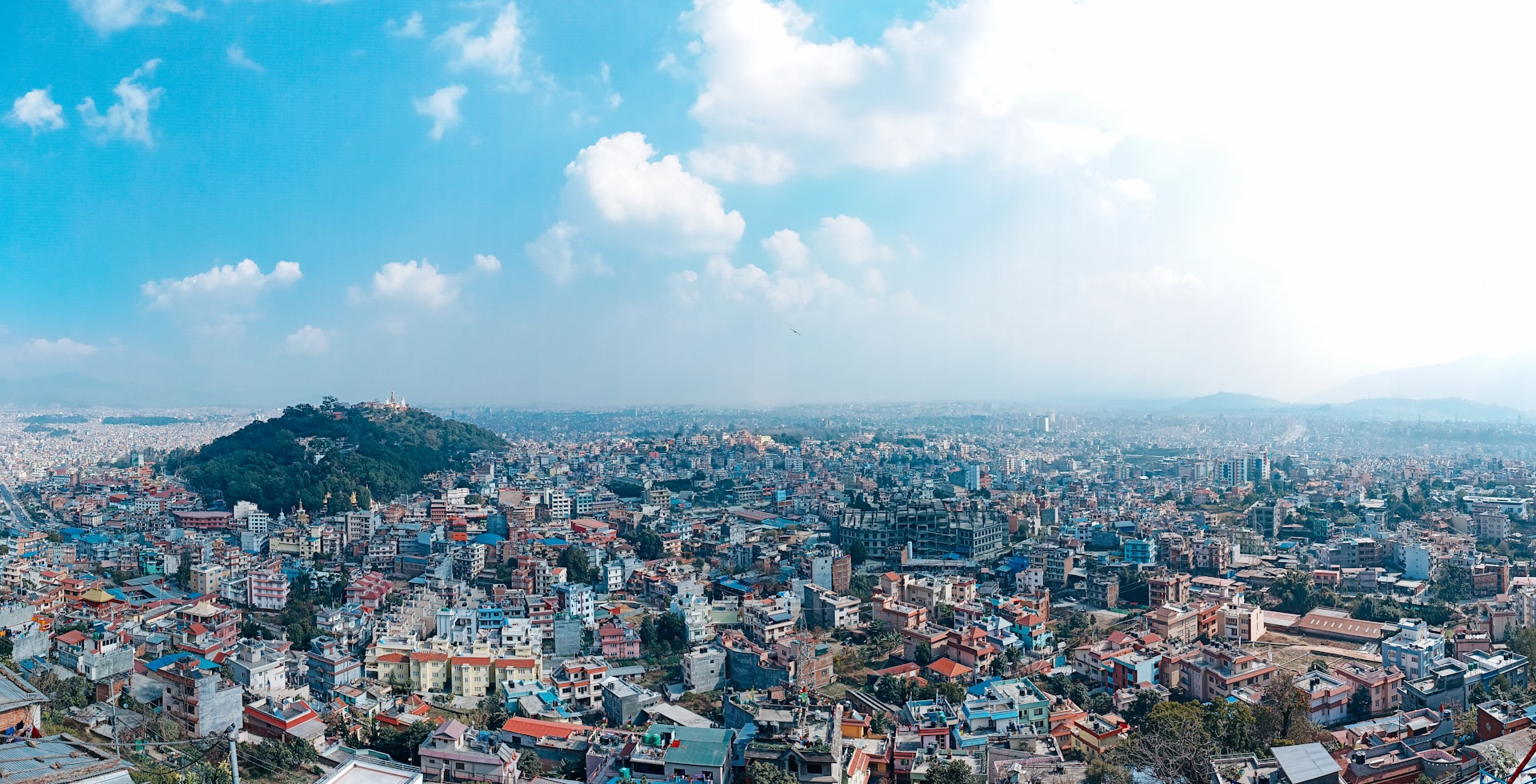
Kathmandu Valley: Exploring the Capital of Nepal
Jun 15, 2025
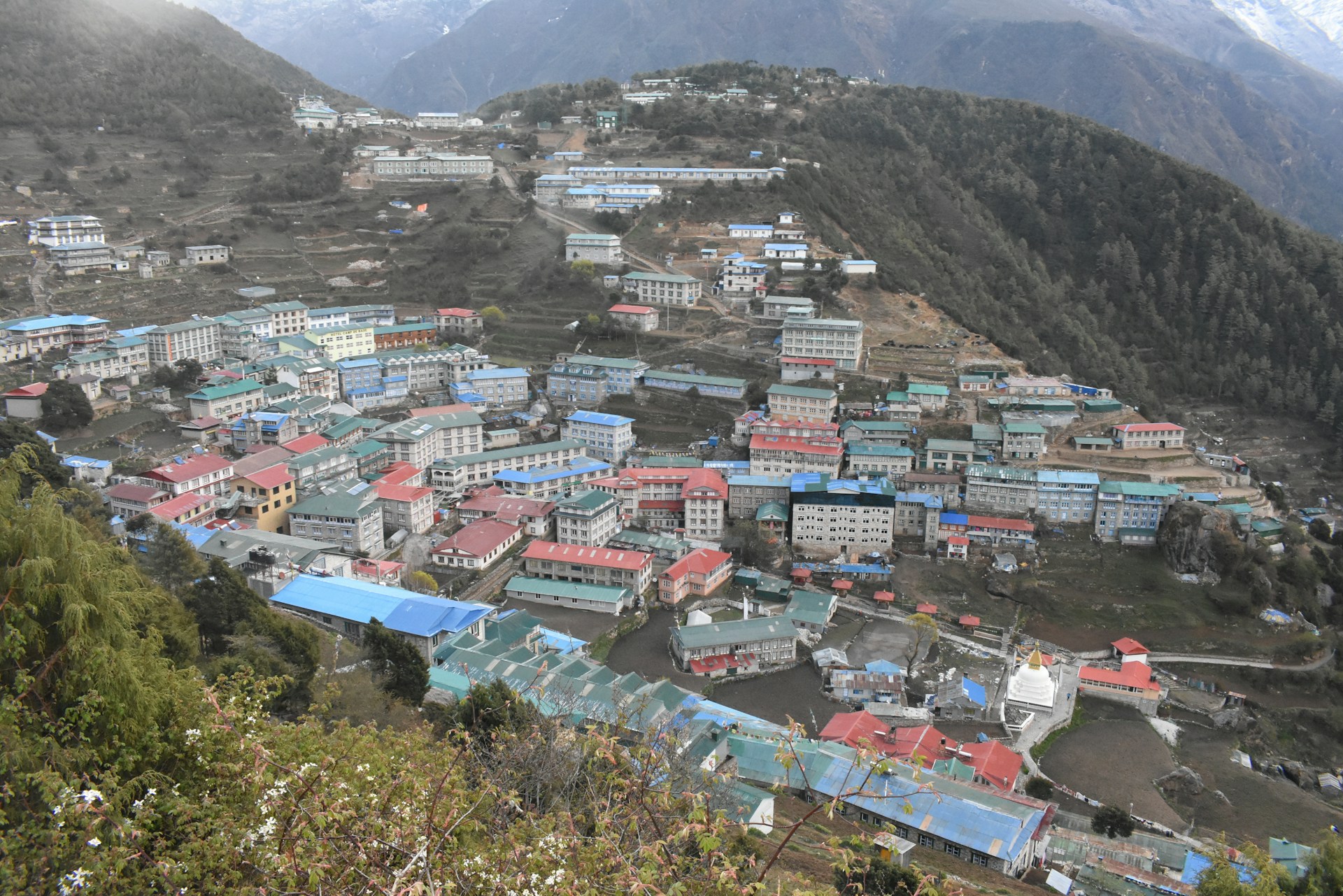
Namche Bazaar: What to Expect in the Sherpa Capital
May 20, 2025
